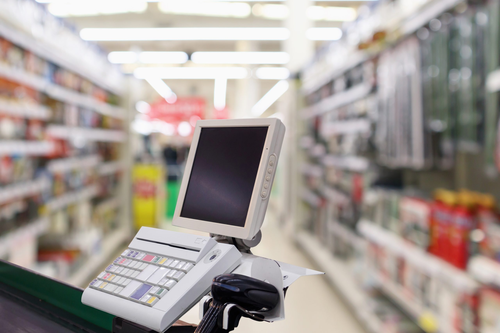
Most Americans take for granted the ability to purchase goods and services online and conduct financial services including electr...
Most Americans take for granted the ability to purchase goods and services online and conduct financial services including electronic bill payments and person-to-person money transfers. Yet for the 100 million Americans who are either “underbanked” or “underserved” (according to current estimates), they lack the ability to manage these routine transactions.
This population consists largely of low-income individuals, immigrants, and the credit challenged. They are disproportionately women, people of color, and young adults. And these numbers have been trending upwards due to fallout from COVID-19 disruptions.
However, being unbanked or underbanked is not simply a matter of income. For many, there are systemic issues with traditional banking that shut people out. The FDIC recently conducted a survey asking unbanked respondents why they did not have a checking or savings account.
The most common responses included not having enough money to maintain an account, a lack of trust in banks, privacy concerns, high fees, and lack of access to banks in their neighborhood. Also, using mostly cash has actually been termed the “second-tier cash economy,” describing individuals unable to pay bills online, or obtain the best price, or not even being able to find relevant products and services. They face financial exclusion which exacerbates income and wealth gaps and blocks them from full participation in our nation’s economy.
Fortunately, new fintech solutions are helping to disrupt established financial institution services and giving these marginalized consumers greater access to relevant financial services through mobile devices and a variety of apps. However, many are still left behind with no internet access. Even for those individuals with smartphones, many continue to rely on cash in their daily lives since they are uncomfortable or do not trust the technology.
Mom and Pop Convenience Stores to the Rescue A “new” potential champion for the unbanked and underbanked may be the unassuming fixtures that have existed in their local communities the whole time—the “mom and pop-owned” convenience store and bodega. These neighborhood retail outlets are uniquely positioned to offer easy access to tens of millions of consumers. In fact, a recent study by New York University conducted in the Bronx showed that 52% of consumers shop at bodegas because they are close to their home and 68% reported shopping at bodegas at least once per day.
As a result, the trust and familiarity customers have with these establishments runs deep. This stands in contrast to larger chain outlets, such as 7-Eleven and Circle-K, which have a revolving roster of anonymous hourly employees who are less familiar to customers. Neighborhood stores have historically offered a range of services to these communities, such as money transfers, bill paying, check cashing, payday loans and more.
Many have been providing access to even broader ranges of financial services including phone and gift card top-ups. Their potential to evolve into true financial or fintech hubs that can offer an even wider roster of products is great – especially given the long-term trust they have earned in their local communities. The benefits of this marketplace evolution include greater choice, broader financial possibilities and economic freedom.
The Future of Digital Wallet Commerce in the Corner Store The increase in the number of financial services being offered in convenience stores is already leading to the “professionalization” of neighborhood store clerks as de-facto fintech experts and advisors—who can communicate with customers in their local language. This helps in the adoption of the latest payment options from Visa debit cards and Amazon Cash to an expanding variety of digital and mobile wallets which consumers can add funds to on a 24/7 basis. Today, even the newest financial instruments – like New York City’s “OMNY” transit fare payment cards – can be purchased at neighborhood convenience stores.
Other companies enable local merchants to offer Bitcoin for purchase with cash or digital wallets. This opens a pathway for underbanked individuals to cost-effectively send money to family members in other parts of the world—a popular practice among immigrants – without the average 15% fee. The trend is clear – the same trusted corner store which many consumers depend upon for their daily staples and lifestyle purchases, is also helping to de-marginalize the unbanked and underbanked and empower them with an ever-increasing array of financial services.
This democratization of fintech offerings is vital not only to these consumers, but to our overall economy. Helping to push them up the economic ladder is an important movement which our industry should support.
Brian Cox
Jun 08, 2022 00:00
Original link
